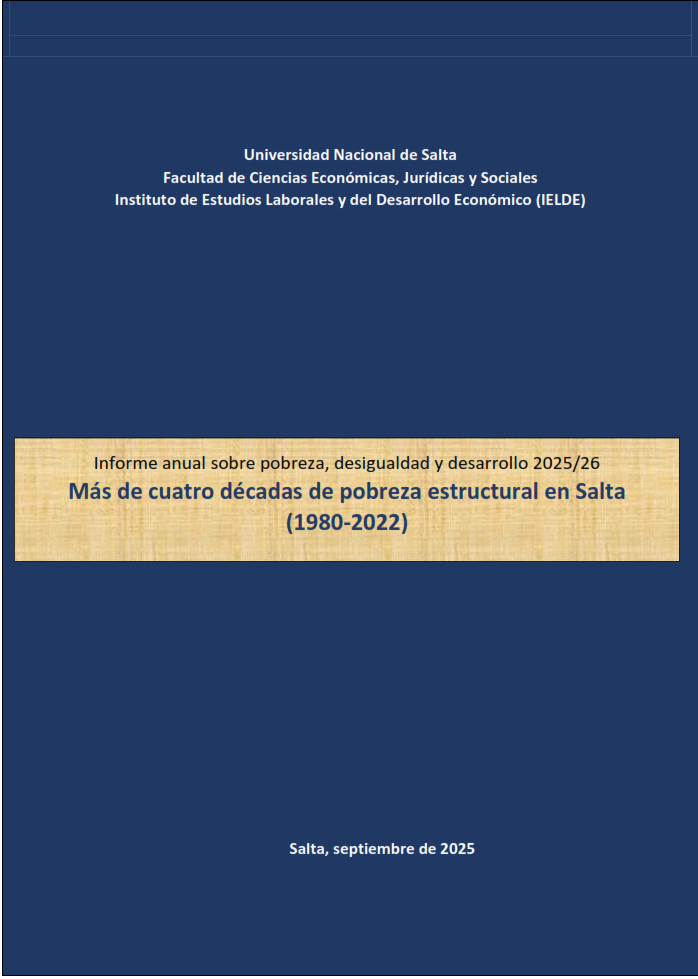Paz, J. (2013): “Aging, Employment, and Poverty in Argentina” Chapter 17, Yushi (Boni) Li (Editor): Global Aging Issues and Policies - Understanding the Importance of Comprehending and Studying the Aging Process. Charles C. Thomas Publisher, LTD. IS
Aging society is an urgent global issue that challenges almost all human societies in the world. When nations evolve into aging societies, they must establish and implement policies and approaches to meet the needs of the elderly population, such as elderly services, long-term care, health care policies, institutional facilities, illness and healing processes, financial support, and retirement life and leisure. The fundamental purpose of this book is to help students and readers develop their knowledge on worldwide elderly issues. To accomplish this goal, the text incorporates 18 chapters from different countries with a variety of aging topics, which are divided into continents including Africa, Asia, Europe, North and South America, and the Oceanic Islands. Specific chapters from the following countries/regions are included: Sub-Saharan Africa, South Africa, China, Japan, Israel, Singapore, Thailand, Austria, United Kingdom, Estonia, Portugal, Spain, Sweden, United States, Australia, New Zealand, Argentina, and Uruguay. By sharing these regions’ and nations’ elderly issues and their particular solutions to the challenges, it provides readers with global views on current aging processes, policies, and strategies. The book effectively helps readers understand that the increase of the elderly population is a major development of the 21st century. The text further helps comprehend the importance of improving the elderly population’s overall quality of life as well as valuing the contribution they can make to their communities and society. The reader will gain insights about why global elderly issues are critical, and how the lives of elderly have been impacted and influenced by different policies, societies, and cultures in which they live. The book is designed as a college text for study of aging issues with a global perspective. Also, any readers interested in topics of the elderly will find the book to be a most beneficial resource.
Para detalles click AQUÍ.

